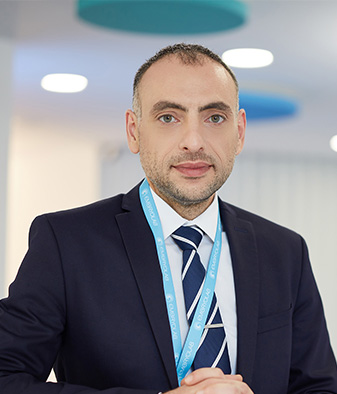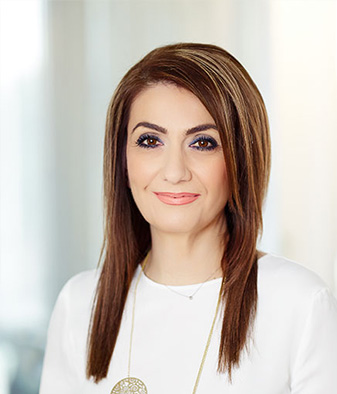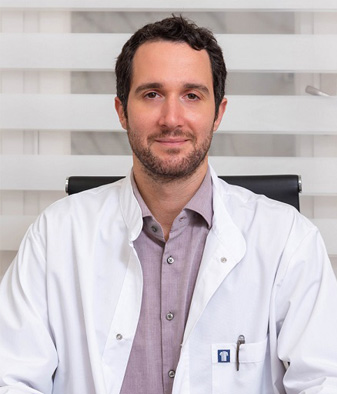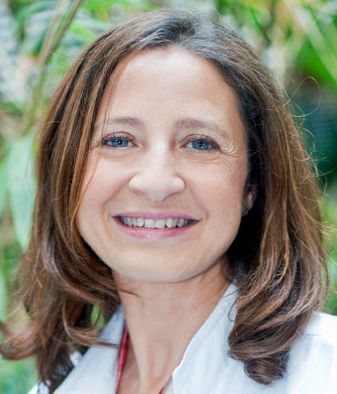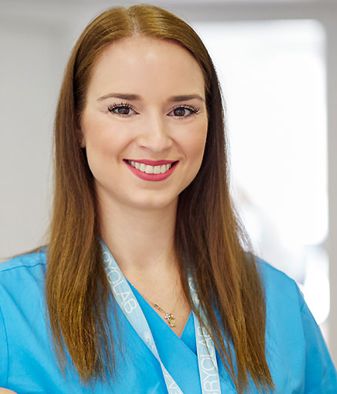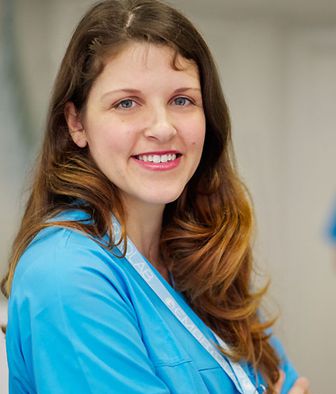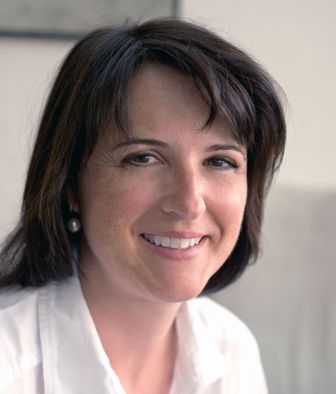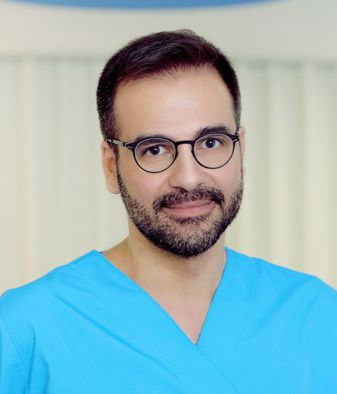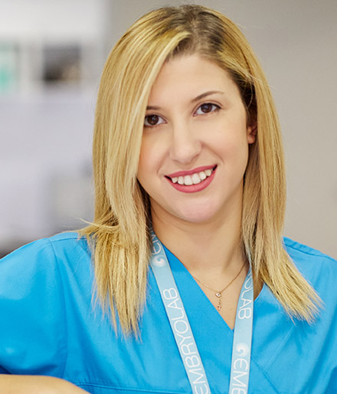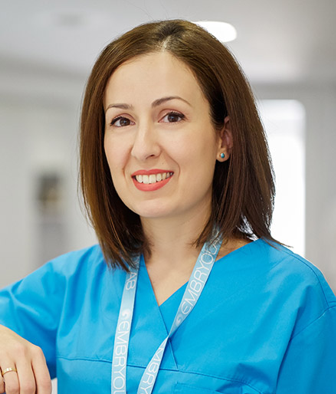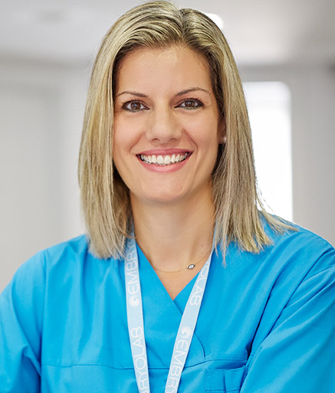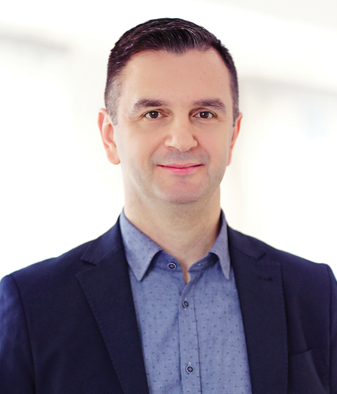
On 24th of April 2021 Embryolab Academy held a virtual event on “Safe practices in ART labs”, in Thessaloniki, Greece. More than 1000 participants registered, from over 102 countries and turned this event into a very successful global event!
Twelve internationally known IVF experts presented good practices and tools for advancing safety and performance of the ART practices.
“Safe Practices in ART Labs” Speakers & Panelists answer all the chat room questions
How can we define what our products qualifications need to be, it is the vendors that supply the certificates? What if we would like our dishes to be MEA tested and currently, they are not?
Indeed: the suppliers have the certificates. These certificates are a quality criteria, it means that the products complies to the what the vendor says it complies. Often, this is enough. MEA testing is not the holy grail. Sometimes you have used a plastic dish or tube for many years and your results are fine. Above all, MEA adds to the cost. SO, If you are happy with your products, then stick with them .Do you want to look for an alternative: check out vendors that did some more testing and validate the plastics in your own lab. Take a lot at the behavior of the droplets of medium in these new dishes, what is the temperature in the droplets. Can you still use the same amount of medium or do you need to size down or scale up the volume of the medium. All of these things can change your current practice and these changes can have a dramatic outcome -> both positive or negative. So my advice: if you are happy: look for an alternative (it is always good to have a backup plan) -> and take the time to check a lot of things. A lot of labs use different dishes….so it is not 1 size fits all, because we all use different media etc….
Pushing a vendor to get MEA testing will only add to the cost and probably not the quality of an already good working plastic.
Also: contact colleagues and find out what their experiences are with dishes.
What’s products we should using for cleaning lab?
You should make sure that there are no embryotoxic products in the products – or that the concentrations are within toxicity range. You can have a look at Homepage – ECHA (europa.eu) and check pubmed for papers -> Do not use a date selection as some of the papers can be quite old and contain interesting data.
The problem with certain toxicities is that they are tested on mouse. The rule I always use := If a product is toxic for mice embryos, it is not to be used for human embryos. On the contrary, if no toxicity is reported in a mouse setting, you cannot assume that it is perfectly fine for human embryos. In this case, I always try to get references of the vendors : so ask your vendor if the product has been (or is being) used in IVF labs and if you can get the references of that lab. Sometimes there are other issues, like stickiness of the product.
Nowaydays, Zebrafish are also used for toxicity testing and there are some interesting papers on this.
Do you use any software to help you in QC measurements?
Just like the blastocyst formation KPI comes with the limitation of not defining their quality ... Do you think a similar limitation will also reflect on the embryo utilisation rate (EUT)?
How to calculate blastocyst rates in cases where, two best day 3 embryos transferred/frozen, and only the remaining embryos were carried forward for blastocyst culture?
When we only count the usable blastocyst, what if the poor quality blastocysts are patient related not lab culture related?
A lot of labs state: it is related to the patient, but on a monthly basis, you will not suddenly only have aged patients. Although this can be the case, it is often exceptional.
If you do have a lot of fluctuations in age of poor response patients, than make you selection based on age and ovarian response. Be aware, that if you select of specific patient cohort, that you are only looking at these patients.
During the fertilization assessment (ICSI) using timelapse, the 2PN is observed and noted it as normal fertilized if within 16 to 18 H post-fertilization ICSI. However, at 21 H, the third PN is observed (3PN) in the same oocyte before PN fading. Is this oocyte consider as normal fertilized since it fall within 16 to 18 H...or it considered as abnormal fertilized since it is 3PN? Kindly advise me.
How often do you meet with your embryology staff to discuss KPIs, etc.? Do you share KPI results with your staff? If so, how much, & how often?
In your experience which is the best temperature to set up the ICSI thermoplate?
What is your recommendations on troubleshooting if fertilization and cleavage rates are stable but the blastocyst formation rate is low?
How best can an Embryologist evaluate the issue of globozoospermia pre-insemination?
If you have peculiar cases in the lab: make pictures and distribute them, so that novices learn too. Sometimes an isolated contamination from a sperm samples happens 1 in a few years….so take this moment to teach your staff.
When starting a new IVF practice, a new laboratory. What kind of tests should be performed on all aspects (media/dishes/incubators etc.) to assure the safety according to presenters?
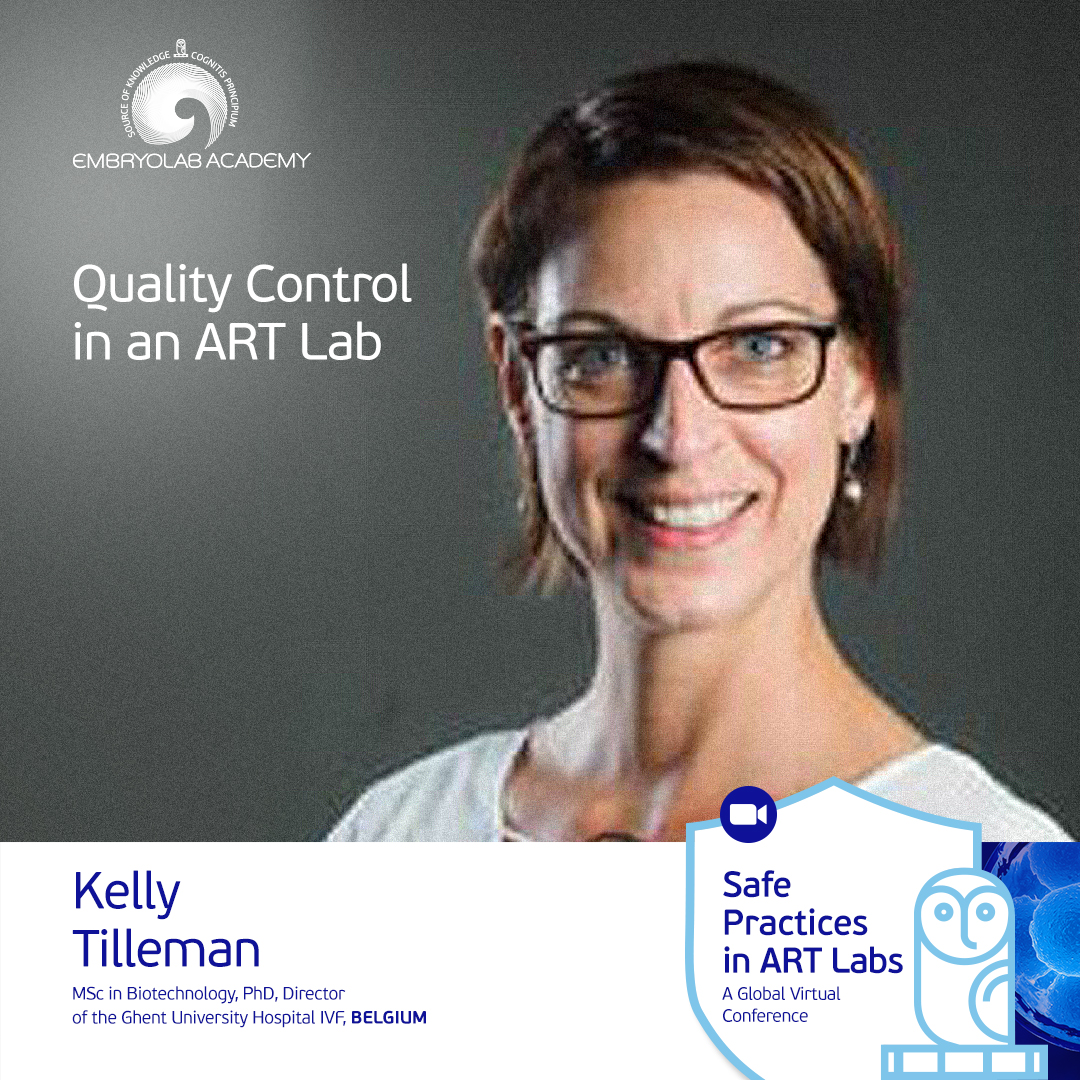
How often do we need to check the KPIs I think it is depending on how many cycles the lab has? The min cycles/month in order to check at with period?
When we only count the usable blastocyst, what if the poor-quality blastocysts are patient related not lab culture related?
Hi, I have a question regarding the fertilization rate based on vienna consensus.
During the fertilization assessment (ICSI) using timelapse, the 2PN is observed and noted it as normal fertilized if within 16 to 18 H post-fertilization ICSI. However, at 21 H, the third PN is observed (3PN) in the same oocyte before PN fading. Is this oocyte consider as normal fertilized since it falls within 16 to 18 H... or it considered as abnormal fertilized since it is 3PN? Kindly advise me.
Just like the blastocyst formation KPI comes with the limitation of not defining their quality … do you think a similar limitation will also reflect on the embryo utilization rate?

How many oocytes per cycle do you consider ideal?
Would “Live birth per MII oocyte collected” considered a good KPI from the clinical point of view?
How often the clinician-embryologists meeting should be done?
How often do you recommended that kpis should be communicated to operators and to the unit?
Is it more important to discuss the performance per case or per total over a period of time?
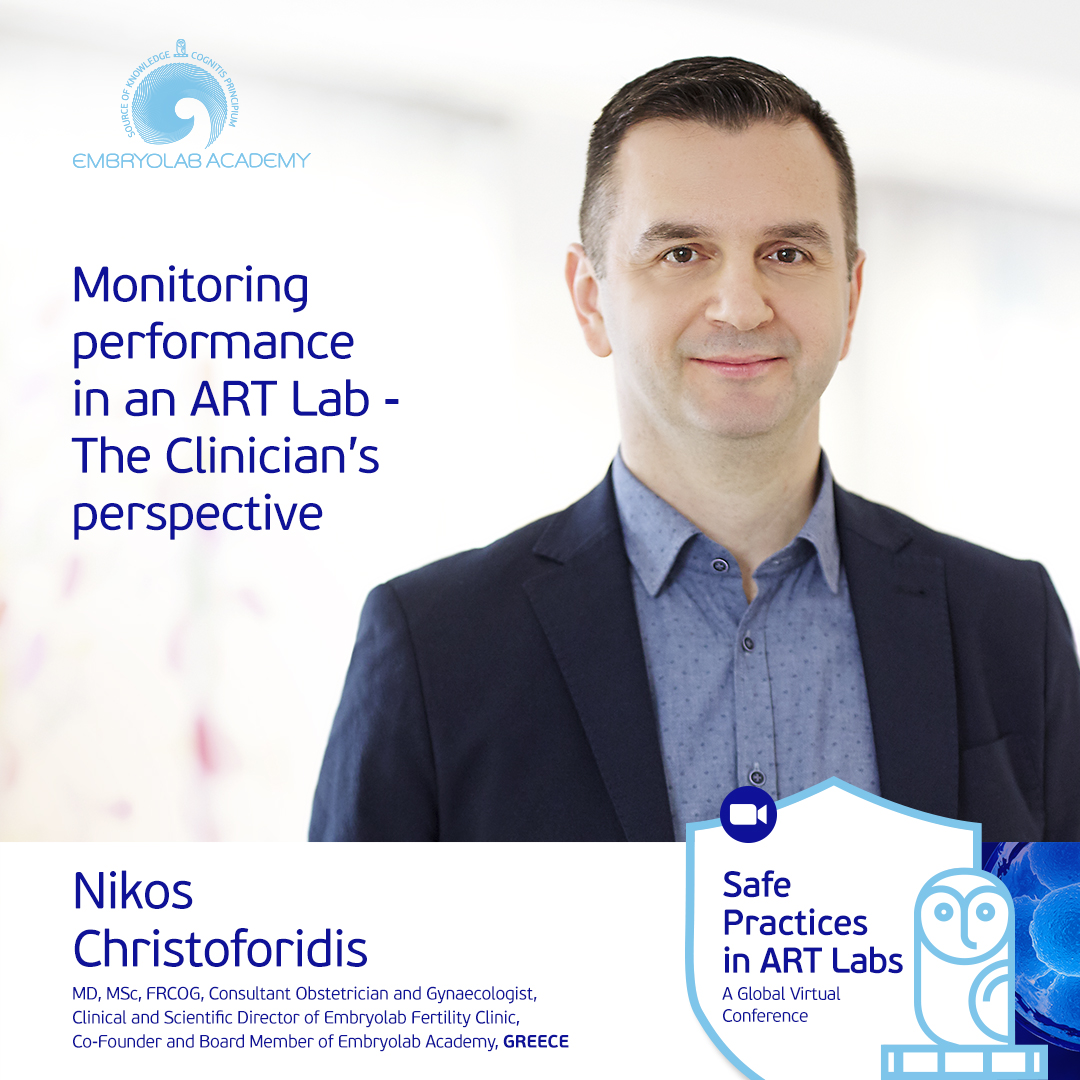
Embryologist’s personal & scientific ethical dilemmas? Is it acceptable to refuse participate in a case, a procedure for ethical reasons?
How many embryologists a clinics need per number of cycles performed?
Often young embryologists are in hurry to learn the practice but do not consider the importance of understanding what they are doing. What do you think about it?
In a big team with so many different people, how can you achieve a good collaboration between them?
Just like the blastocyst formation KPI comes with the limitation of not defining their quality … do you think a similar limitation will also reflect on the embryo utilization rate?

This embryo tagging could affect embryo quality or further development? Could you please share a bit more on this new technology?
The system reported here is designed to tag embryos exclusively during their manipulation and in vitro culture in the laboratory, so that each individual embryo can be identified and tracked at any point of the ART procedure. However, the embryos should be free of the barcodes before they implant into the maternal uterus. It basically uses biofunctionalized polysilicon which sticks to the outer membrane of the Zona pellucida. Barcodes were read and identified using an inverted microscope and achieved 94-98% identification rates.
Novo, Sergi & Penon, Oriol & Barrios, Leonardo & Nogues, Carme & Santaló, Josep & Durán, Sara & Gómez-Martínez, Rodrigo & Samitier, Josep & Plaza, Jose & Pérez-García, Luisa & Ibáñez, Elena. (2013). Direct embryo tagging and identification system by attachment of biofunctionalized polysilicon barcodes to the zona pellucida of mouse embryos. Human reproduction (Oxford, England). 28. 1519-27. 10.1093/humrep/det083.
Which procedures need double control?
(a) Collecting eggs
(b) Collecting sperm
(c) Preparing sperm
(d) IVF or ICSI insemination
(e) Transferring gametes or embryos between tubes or dishes
(f) Transferring embryos
(g) Inseminating a woman (IUI)
(h) Gametes or embryos cryopreservation and removal
(j) Disposing of gametes or embryos
How do you use electronic witnessing system for your PGT cases? How do you ensure traceability of each embryo?
Is electronic witnessing more time consuming? In high volume centers is it advisable to incorporate this if manual double witnessing is happening at every step?

If the alarm system goes off and the tank was left opened, how long would the stored embryos and eggs remain safe?
What is the maxim period you use a classic cryo vessel before you replace it with a new one?
Cryo auditing! Are you in favor or against? Do you do audit in the big CBS vessel?
In your long experience, have you ever experienced equipment failure? What did you do?
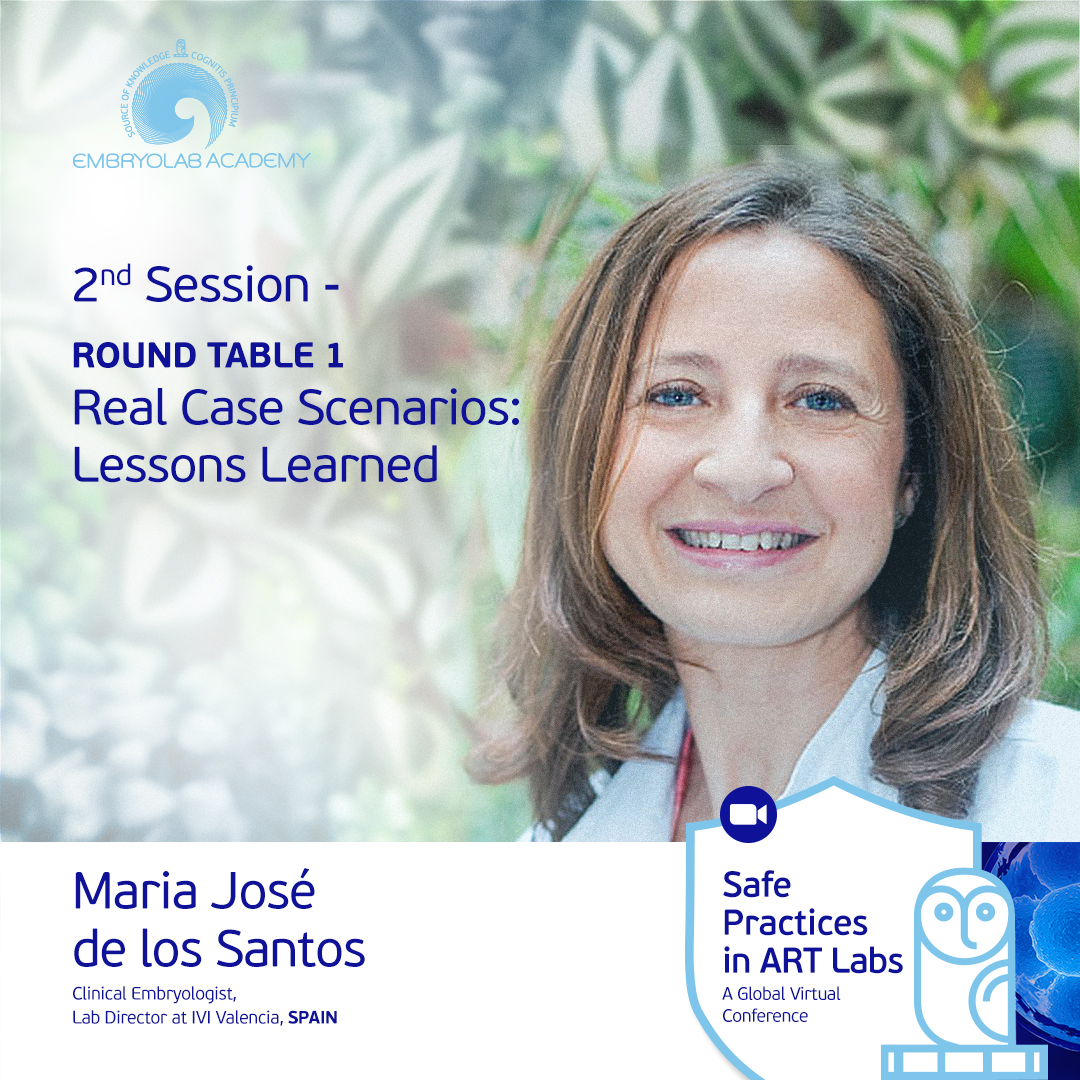
What is your evacuation plan for cryogenic containers?
Which was proved to be the most time-consuming procedure during performing the emergency plan?
After the end of the natural disaster, when you did an evaluation of the situation, what was the most important factor that finally saved the day?
Alexis what is the autonomy time to work on UPS? We were receiving a warning signal when the last embryos were being vitrified.

Would you suggest any specific investigation if low fertilization is observed after ICSI, with increased incidence of unfertilized eggs with 2 polar bodies?
Finally, did you find out the cause of the low fertilization rate problem?
What is your recommendation on troubleshooting if fertilization and cleavage rates are stable but the blastocyst formation rate is low?
I would suggest checking the culture conditions. Concerning this topic, I would like to suggest reading this article by Hammond and Morbeck (2019) (https://doi.org/10.1093/humrep/dey395).

In your experience which is the best temperature to set up the ICSI thermoplate?
Direct temperature measurement in the culture/handling medium drop with a thermocouple or Pt-100/1000 resistance thermometer?
Would you suggest any specific investigation if low fertilization is observed after ICSI, with increased incidence of unfertilized eggs with 2 polar bodies?
If the fertilization check was carried out at 16-18h post ICSI, I would evaluate possible issues in spermatozoon immobilization (due for instance to a change in the type of ICSI needle used or an unintentional change in the angle of the micromanipulation system).
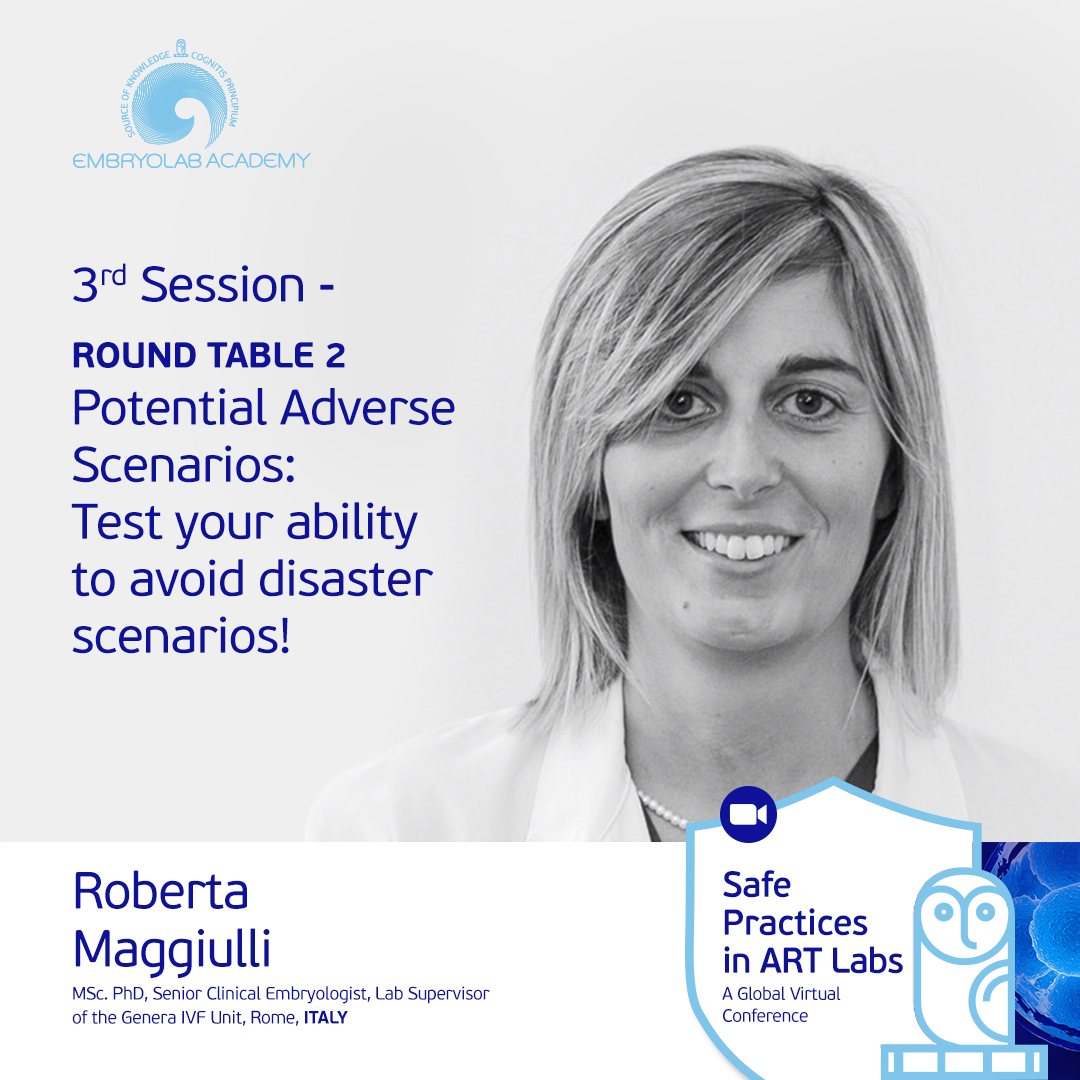
How do you evaluate VOCs in terms of equipment? Is there a consensus for VOCs level?
The recommended time for ICSI is?
What is your recommendations on troubleshooting if fertilization and cleavage rates are stable but the blastocyst formation rate is low.
What could be the possible cause of having more of 1PN in the culture dish?
What is in your opinion the degree of self repair ability of the embryo, such as aneuploidy repair?
How best can an Embryologist evaluate the issue of globozoospermia pre-insemination?
How closely do you monitor adverse outcomes associated with live births? does that information cycle back to the laboratory management for discussion/evaluation?

Workshop's archived page
To read archived Workshop’s Page please click the button bellow


